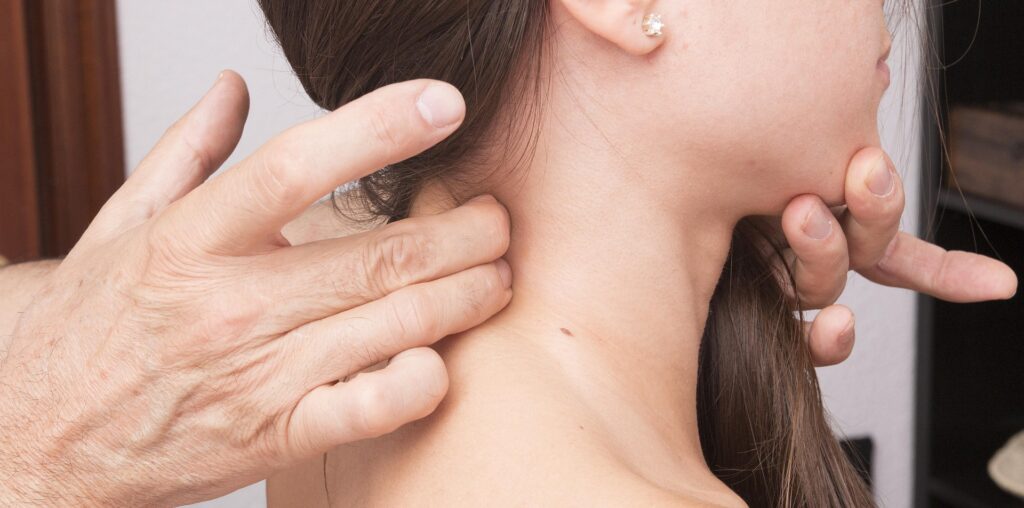In today’s fast-paced world, stress, fatigue, and chronic pain have become part of everyday life for many people. If you’re searching for a natural way to boost your well-being, reflexology might be the answer. This ancient therapy is gaining popularity, and for good reason. Regular reflexology sessions offer a wide range of benefits for both body and mind.
In this blog, we’ll explore the top benefits of reflexology, how it works, and why making it a consistent part of your wellness routine can be a game-changer.
What Is Reflexology?
Reflexology is a non-invasive therapeutic practice that involves applying pressure to specific points on the feet, hands, and ears. These points correspond to different organs and systems in the body. The idea is that stimulating these reflex zones can help restore balance and support the body’s natural healing process.
Though often associated with massage, reflexology is different. It focuses on reflex points to promote overall health rather than simply relaxing muscles. Practitioners believe that energy pathways in the body (similar to those used in acupuncture) can be unblocked through reflexology.
Top Benefits of Regular Reflexology Sessions
1. Reduces Stress and Promotes Relaxation
Stress is a major contributor to many health issues. Reflexology helps calm the nervous system by promoting deep relaxation. Regular sessions can lower cortisol levels (the stress hormone) and increase feelings of calmness and well-being.
Clients often report feeling lighter and more centered after a session. If you’re constantly overwhelmed or anxious, reflexology can offer a mental reset.
2. Improves Circulation
Poor blood flow can lead to fatigue, cold extremities, and slow healing. Reflexology stimulates circulation by encouraging blood and oxygen flow to different parts of the body. Better circulation means more nutrients reach your cells, promoting healing and overall vitality.
3. Boosts Energy Levels
If you feel drained or sluggish, reflexology might help you bounce back. By clearing blocked energy channels and stimulating internal organs, reflexology revitalizes the body. Many people find that regular sessions increase their daily energy and alertness.
4. Supports Better Sleep
Struggling with insomnia or restless nights? Reflexology can promote deeper, more restful sleep. Because it relaxes the nervous system and reduces anxiety, clients often fall asleep faster and stay asleep longer after a session.
Better sleep equals better mood, concentration, and immune function.
5. Eases Chronic Pain
Whether you suffer from migraines, back pain, or joint stiffness, reflexology can provide relief. By targeting pressure points connected to painful areas, it can help reduce inflammation and ease discomfort.
It’s especially effective for conditions like plantar fasciitis, arthritis, and sinus congestion.
6. Enhances Nerve Function
Our nerve endings become less sensitive with age. Reflexology stimulates more than 7,000 different nerve endings in a single session. This can improve responsiveness and neural pathways over time, supporting overall nervous system health.
7. Improves Mood and Mental Health
Reflexology isn’t just about physical wellness—it also supports emotional health. Regular treatments have been shown to reduce symptoms of depression and anxiety.
It’s a simple, drug-free way to lift your mood and feel more grounded.
8. Strengthens the Immune System
A well-functioning immune system is key to staying healthy. Reflexology helps remove toxins and supports the lymphatic system, which plays a vital role in immunity. With regular sessions, your body becomes more efficient at warding off illness.
9. Balances Hormones
Hormonal imbalances can lead to fatigue, mood swings, and reproductive issues. Reflexology can help regulate hormone production by stimulating endocrine reflex points. This is particularly helpful for women dealing with PMS, menopause, or fertility challenges.
10. Aids Digestion
Digestive issues like bloating, constipation, or IBS are common. Reflexology targets areas linked to the stomach, intestines, and liver to improve digestive function. Many clients experience relief and improved regularity after incorporating reflexology into their routine.
How Often Should You Get Reflexology?
While even a single reflexology session can provide benefits, consistency is key. Most practitioners recommend weekly or bi-weekly sessions, especially when addressing a specific health issue. For maintenance and general well-being, once a month may be enough.
Speak to a certified reflexologist who can assess your needs and create a personalized plan.
Is Reflexology Right for You?
Reflexology is safe for most people and has minimal side effects. However, it’s always wise to check with your doctor if you have circulatory issues, are pregnant, or have a chronic condition. Reflexology is not a cure, but it can be a powerful complementary therapy.
Tips for Getting the Most from Reflexology
- Stay hydrated before and after a session to help flush out toxins.
- Communicate with your practitioner about your health goals and comfort level.
- Don’t eat a heavy meal
- Be consistent – benefits build over time.
Final Thoughts
Reflexology offers a gentle yet effective way to support physical, mental, and emotional health. From relieving stress and pain to improving sleep and digestion, the benefits are wide-ranging.
If you’re looking to invest in your long-term wellness, regular reflexology sessions can be a valuable addition to your self-care routine. It’s more than just a foot rub—it’s a holistic approach to feeling your best.
Give it a try, and you may be surprised at how much better you feel from head to toe.




